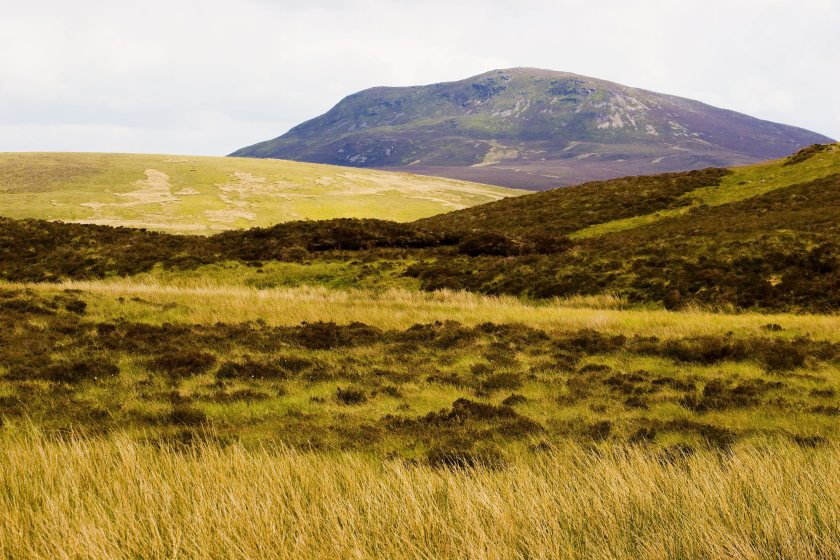
Farmers and landowners across Wales are being urged to act fast as the Peatland Restoration Grant reopens, offering up to £250,000 per project from a £700,000 pot.
The scheme provides grants of £10,000–£250,000 to support the development and delivery of peatland restoration, with projects due for completion by March 2027.
Backed by the Welsh government through the National Peatland Action Programme (NPAP) and managed by Natural Resources Wales (NRW), the fund builds on the success of its first round last year.
Though covering just 4% of Wales, peatlands are its most powerful carbon store — yet 90% are damaged and leaking greenhouse gases.
The grant aims to turn that around, supporting interventions that restore water balance, repair habitats, and strengthen resilience against climate change.
The fund is open to private landowners, as well as public and voluntary organisations. One example of its impact comes from the Isle of Anglesey County Council (IoACC), which has already taken advantage of the scheme to restore peatland at Penhesgyn.
Huw Percy, head of property for IoACC, said: “We identified a potential site at Penhesgyn where peatland restoration could bring multiple benefits locally and wider afield, including water retention, and tackling the climate and nature emergencies.
"It suited us to apply for the development phase initially, to work with the experts to develop a plan of action. We then successfully applied for follow-on funding to deliver the peatland restoration plan.
"It’s been good to have this 100% funding pot to deliver a nature-based solution for the benefit of present and future generations on Anglesey.”
Applications close on 14 January 2026, with a free guidance webinar scheduled for 7 November 2025.
Mannon Lewis, NRW’s Strategic Projects Lead for NPAP, said interest has remained strong: “It was good to see the breadth of interest in the competitive Peatland Restoration Grant when launched last year, so naturally we are pleased to offer this grant again.”
She encouraged all landowners to engage, regardless of prior experience, adding: “Together with our delivery partners, we are accelerating the rate of peatland restoration across Wales.”
To support applicants, NPAP provides resources including the Welsh Peatland Data Map and a glossary of over 100 possible restoration actions.
For farmers, councils and other land managers, these tools help identify which steps will have the greatest impact — from blocking old drainage ditches to restoring sphagnum mosses.
